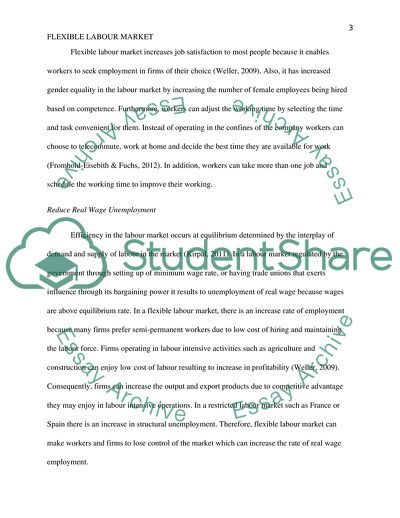Cite this document
(Advantages and Disadvantages of Flexible Labor Market Case Study Example | Topics and Well Written Essays - 1500 words, n.d.)
Advantages and Disadvantages of Flexible Labor Market Case Study Example | Topics and Well Written Essays - 1500 words. https://studentshare.org/macro-microeconomics/1844957-what-are-the-advantages-and-the-disadvantages-of-a-flexible-labour-market
Advantages and Disadvantages of Flexible Labor Market Case Study Example | Topics and Well Written Essays - 1500 words. https://studentshare.org/macro-microeconomics/1844957-what-are-the-advantages-and-the-disadvantages-of-a-flexible-labour-market
(Advantages and Disadvantages of Flexible Labor Market Case Study Example | Topics and Well Written Essays - 1500 Words)
Advantages and Disadvantages of Flexible Labor Market Case Study Example | Topics and Well Written Essays - 1500 Words. https://studentshare.org/macro-microeconomics/1844957-what-are-the-advantages-and-the-disadvantages-of-a-flexible-labour-market.
Advantages and Disadvantages of Flexible Labor Market Case Study Example | Topics and Well Written Essays - 1500 Words. https://studentshare.org/macro-microeconomics/1844957-what-are-the-advantages-and-the-disadvantages-of-a-flexible-labour-market.
“Advantages and Disadvantages of Flexible Labor Market Case Study Example | Topics and Well Written Essays - 1500 Words”. https://studentshare.org/macro-microeconomics/1844957-what-are-the-advantages-and-the-disadvantages-of-a-flexible-labour-market.


